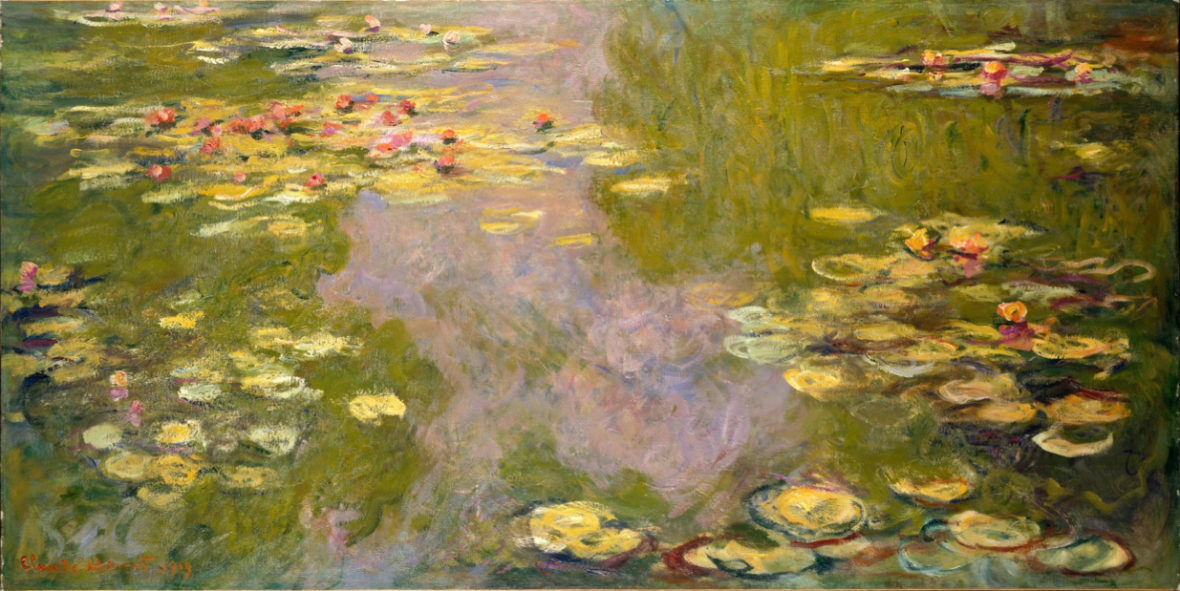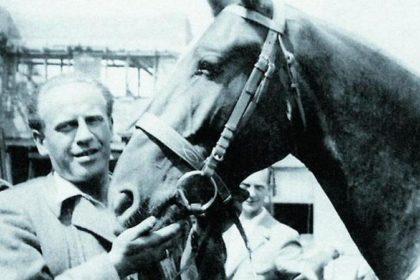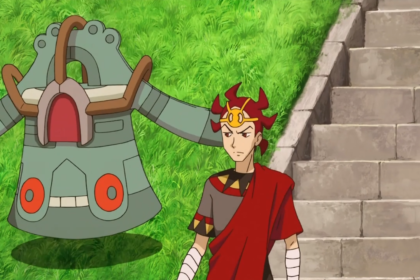Water Lilies is a series of about 250 oil paintings done by French Impressionist Claude Monet. The paintings show Monet’s flower garden at his home in Giverny. They were the main focus of Monet’s artistic production during the last 30 years of his life. Many of his works were painted while he suffered from cataracts. Take a look below for 25 more interesting and weird facts about the Water Lilies painting.
1. Before he painted Water Lilies, Monet actually planted them. Monet regularly remodeled the landscape and gardens at his property to better inspire his work, as he said, “I’m good for nothing except painting and gardening.”
2. Monet imported water lilies for his Giverny garden from Egypt and South America. The local council demanded that he uproot the plants before they poisoned the area’s water but Monet ignored them.
3. Monet spent 30 years painting Water Lilies. He even kept painting when cataracts began threatening his vision in 1912.
4. Monet built a Japanese style bridge across his pond. That footbridge appears in 17 of his Water Lilies paintings.
5. Critics called his Water Lilies paintings messy and that they were less about a creative vision than Monet’s blurred vision. In his later years, his eyes began failing quickly and critics were quick to make fun of it.
6. For 20 years after his death in 1926, Water Lilies was ignored, with many of his paintings sitting in his Giverny studio. In the 1950s, curators found his paintings and credited him with paving the path to the fashionable art of the day.
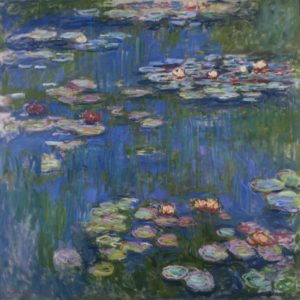
7. By 1955, the Museum of Modern Art purchased the first Monet from his series, and it quickly became one of the museum’s most popular pieces.
8. In 1968, a fire broke out at the Museum of Modern Art and two recently acquired Water Lilies pieces were lost.
9. In 1908, Monet destroyed 15 of his Water Lilies paintings right before they due to be exhibited at the Durand-Ruel gallery in Paris.
10. Near the end of his life, Monet became a perfectionist with his paintings. He became very selective about which paintings he would sign and sell. By 1919, only 4 paintings made the cut.
11. Over the years spend painting his garden, he began moving closer and closer to it. The edges of the pond moved to the edges of the frame and beyond, until he had cut out the horizon entirely.
12. In 1918, Monet finished a series of 12 paintings that he intended to be laid out side by side in a specially made oval room where the viewers could step in and be given, “the illusion of an endless whole, of water without horizon or bank.” Today, only 3 of the paintings are on display at New York’s Museum of Modern Art.
13. At the end of World War I, after Armistice Day in 1918, Monet gave France a few massive Water Lilies paintings.
14. Musee de l’Orangerie displayed his pieces just as he intended. They made two oval exhibition rooms to house his massive Water Lilies, creating a complete panorama of the painter’s favorite views.
15. On June 19, 2007, one of Monet’s Water Lilies paintings sold for 18.5 million pounds Sterling at a Sotheby’s auction in London.
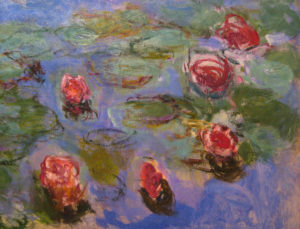
16. One June 24, 2008, another of Monet’s Water Lilies paintings sold for almost 41 million pounds Sterling at Christie’s in London, which was almost double the estimate of 18 to 24 million pounds Sterling.
17. In May, 2010, it was announced that the 1906 Nympheas work would be auctioned in London in June, 2010. The painting had an estimated sale price of between 30 and 40 million pounds Sterling.
18. On May 6, 2014, one of the Water Lilies paintings was auctioned at Christie’s, New york City for $27 million.
19. Giovanna Bertazzoni, Christie’s auction house director and head of impressionist stated, “Claude Monet’s water lily paintings are amongst the most recognized and celebrated works of the 20th century and were hugely influential to many of the following generations of artists.”
20. Monet’s preference for making and exhibiting a series of paintings related by subject and perspective started in 1889, with about 10 paintings done at the Valley of the Creuse.
21. As shown in Water Lilies, Monet wasn’t concerned with realism, just light and emotion.
22. The entire Impressionist Movement was named after one of Monet’s paintings, Impression Sunrise.
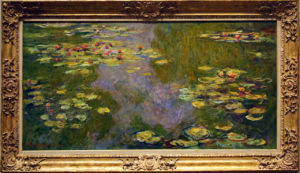
23. Monet would often experiment with light by painting different parts of his garden at different times of day.
24. Monet’s paintings were greatly influenced by Japanese art.
25. Despite his fame, Monet had many financial hardships. In fact, in 1868, when his first son, Jason, was born, he grew so exasperated with his financial situation that he attempted suicide by throwing himself into the Seine.

